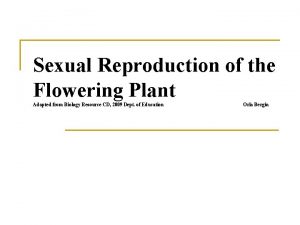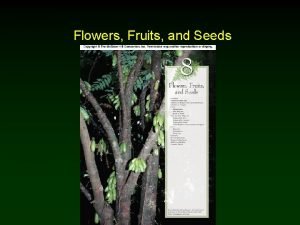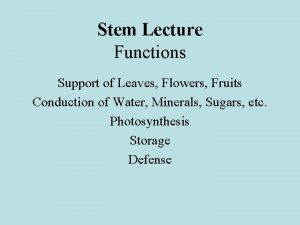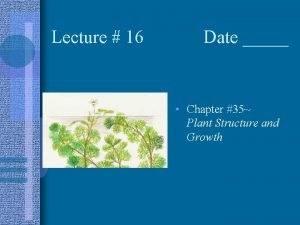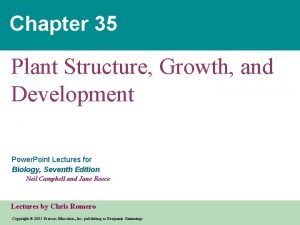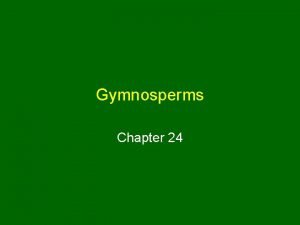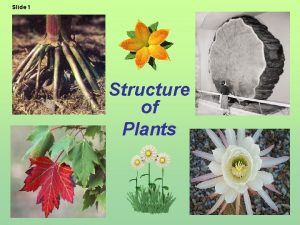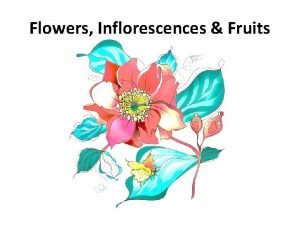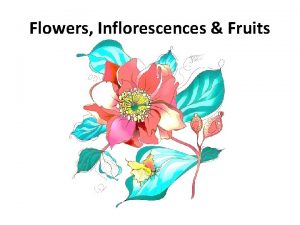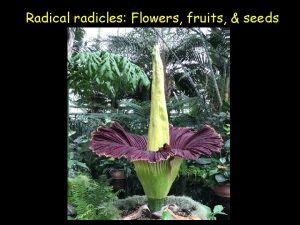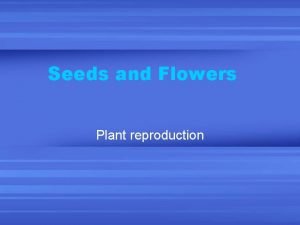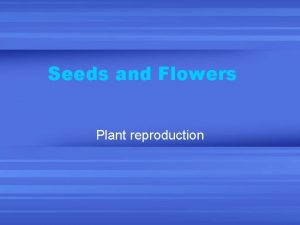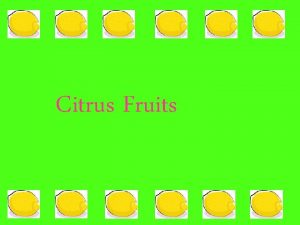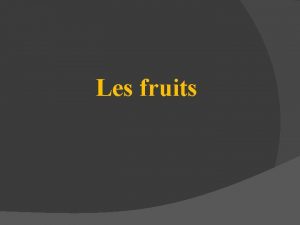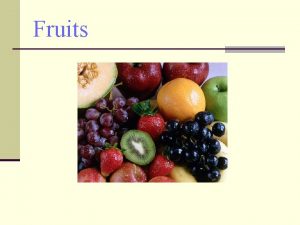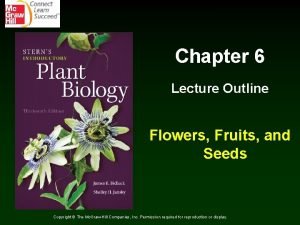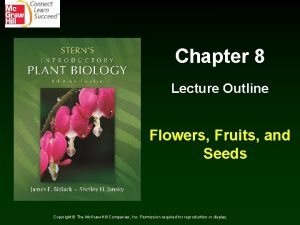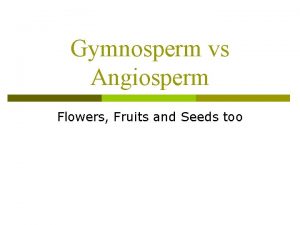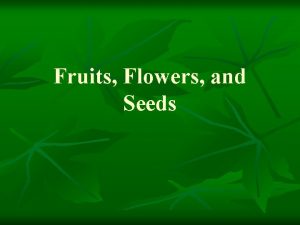Plant Growth and Development Seeds Flowers Fruits Seeds
















- Slides: 16

Plant Growth and Development Seeds Flowers Fruits

Seeds Start it All • Seed contain embryos that form into new plants. • Seeds can stay dormant for 1000’s of yrs. • Favorable conditions or damage to a seed coat start growth

Some seeds • • Need light exposure Soil moisture Perfect temperature Or any environmental change that can spark rapid growth. • Damage to seed coat through…. – Fire – Passing through the digestive tract of animals – Falling on a rock – Once the damage is done the seed must fill up with enough water and oxygen to grow

Monocot seed growth vs. dicot

Seed Parts •

Seed parts continued • Monocot– Seed coat for protection – Radicle is the embryonic root – Plumule is the embryonic leaf – Endospermis nutrition – 1 cotyledon (seed leaf) • Dicot – – – Seed coat (protect) Radicle (root) Hypocotyl (stem) Epicotyl (leaf) 2 cotyledons (seed leaves for primary nutrients to embryo) – Endosperm matured into cotyledons

Fertilization of seedless plants • Zygote develops into sporophyte • Spores develop into gametophytes • Antheridia (male) • Archegonia (female) • Male swim to female • Zygote is formed

Fertilization of Gymnosperms • Immature seed cone (female) • Pollen cone (male) • Gametophytes • Female + male = zygote • Pine seed with wing is the zygote (sporophyte)

Fertilization of Angiosperms • Pollen (male) from the anther (gametophyte) • Ovule (female) from the ovary (gametophyte) • Pollination = zygote • Zygote = seed • Flower becomes a fruit.

Flower parts • Petals attract pollinators • Sepal protects the flower • Stamen is the male reproductive organ • Filament holds anther which contains pollen • Pistil is female organ that has stigma to catch pollen to send down pollen tube to ovary (ovule)

Growing without seeds • It’s called vegetative reproduction and occurs with roots stems or leaves. • Helps allow plants to cover areas faster • 100’s and 1000’s from one single plant • Examples include: runners (bermuda grass), bulb (onion or tulip), Corm (gladiolus), Rhizome (Fern), Tuber (potato)

Runner • Horizontal above ground stem that helps the plant spread within an area.

Bulb • Very short stem with thick fleshy leaves

Corm • Very short thick underground stem with thin scaly leaves

Rhizome • Horizontal underground stem

Tuber • Swollen fleshy underground stem
 Pollen tube grows through
Pollen tube grows through Dicot fruit
Dicot fruit Support the leaves fruits and flowers
Support the leaves fruits and flowers Rice plant stages
Rice plant stages Plant biology ppt
Plant biology ppt Chapter 35 plant structure growth and development
Chapter 35 plant structure growth and development Apical meristem
Apical meristem Primary growth and secondary growth in plants
Primary growth and secondary growth in plants What is a naked seed
What is a naked seed 3 factors of 16
3 factors of 16 Which plant structure makes seeds
Which plant structure makes seeds Growth is defined as an increase in
Growth is defined as an increase in Monocots vs eudicots
Monocots vs eudicots Primary growth and secondary growth in plants
Primary growth and secondary growth in plants Step growth polymerization vs chain growth
Step growth polymerization vs chain growth Geometric exponential growth
Geometric exponential growth Neoclassical growth theory vs. endogenous growth theory
Neoclassical growth theory vs. endogenous growth theory
